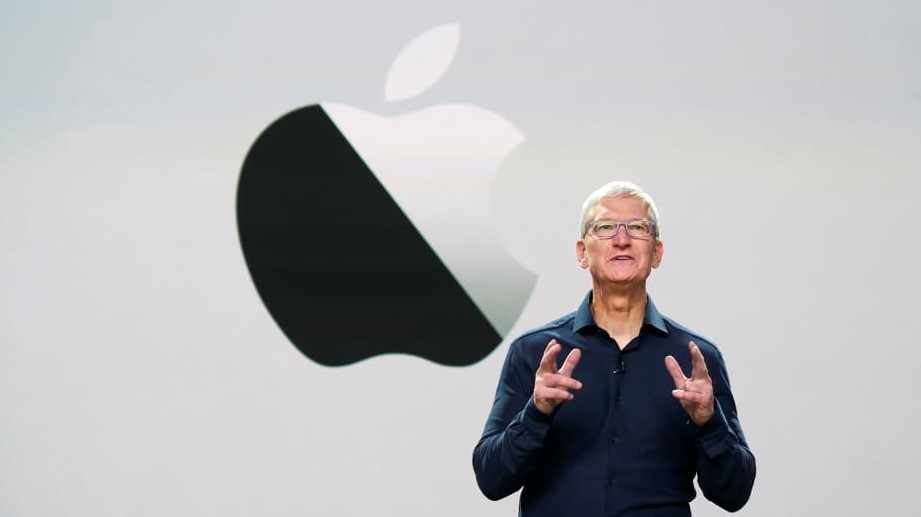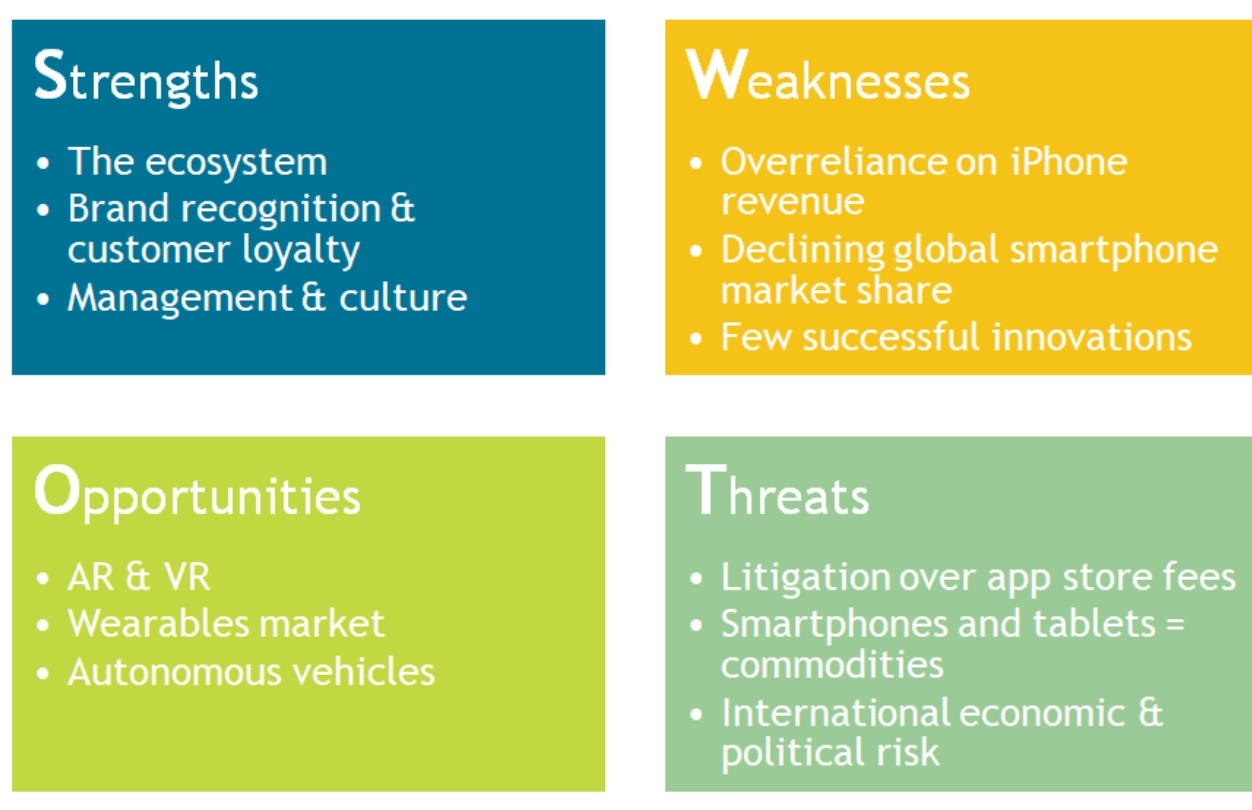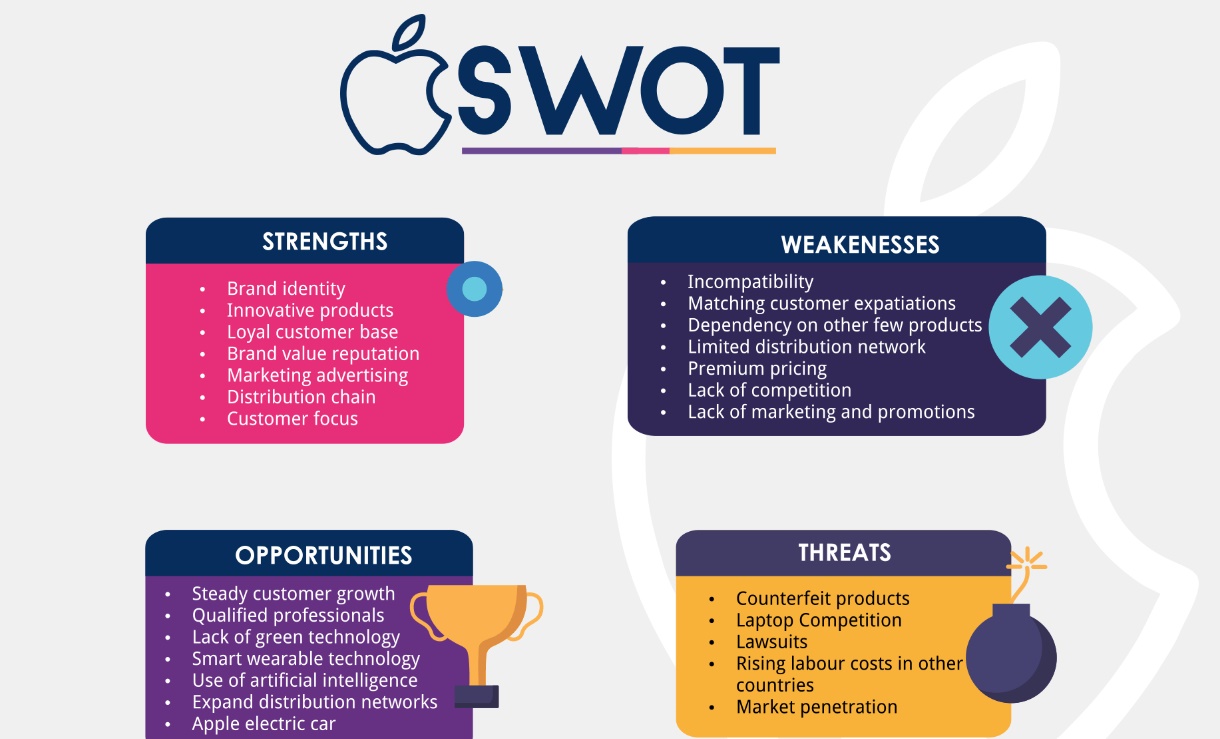
Apple, Inc. (AAPL) is one of the world’s largest tech companies by market capitalization, and it continues to dominate in categories that it invented or popularized, such as the smartphone and tablet. While Apple’s Weaknesses appear to be at the top of its game, it still has significant flaws.
- Apple has become a household name and one of the most valuable companies in the world.
- Despite its mobile devices and computing dominance, the company faces significant challenges.
- Among these flaws are its high-priced products, forays into more competitive markets, and incompatibility with other software.
The Limited Ecosystem
Many of Apple’s Weaknesses devoted customers regard the company’s tightly controlled software and services as a significant strength, allowing Apple to manage all aspects of the devices it manufactures. However, this adds to Apple’s development cycle by making software, security, and many other details an in-house responsibility. Furthermore, Apple is managing licensing agreements for its content sales, including Apple TV, Apple Music, and the App Store.
From a management standpoint, this clouded the picture of what Apple should prioritize. Although hardware generates the most revenue, the closed nature of Apple’s ecosystem forces the company to be present in all other businesses as well. In contrast, Samsung can focus on iterating hardware and innovating the design of its devices by plugging into Android and the rest of Google Inc.’s (GOOG) ecosystem rather than having to police third-party apps or roll out operating system updates.
Innovation Speed
Apple’s high product expectations for each new version or model may be the company’s biggest weakness. Apple has created an incredible brand associated with products that work flawlessly and are designed to feel both advanced and natural. Because of these high expectations, Apple cannot release experimental products or services into the market without jeopardizing its brand.
Because of this inability to Experiment,
This inability to experiment makes it more difficult for Apple to innovate at the same rate as Google in the services space or Samsung in the hardware space. As a result, Apple must rely on its leadership and employees to be so far ahead of the curve that even with a slower release schedule, Apple remains the market leader.

So far, Apple has maintained its lead in most of its primary product lines, but the size of its leadership has remained relatively stable. At the same time, other technology companies have caught on and are regularly releasing upgrades and new models. For example, Samsung’s Galaxy S mobile phone line now sees a new yearly release.
Over-dependence on iPhone Revenue
In 2020, Apple’s revenue was $274 billion. However, half of that was due to iPhone sales. One of Apple’s significant flaws is its over-reliance on iPhone sales. It’s difficult to say when the company generated $137 billion in revenue from iPhones, but the iPhone has specific sales cycles, and income can be sporadic. Suppose Apple cannot sell as many phones in a given quarter or year for any reason (economic, political, social, etc.). In that case, it will most likely have a material impact on results.
Global Smartphone Market Share Is Declining
Apple’s global smartphone market share has remained relatively flat over the last three years, while other carriers have gained share. China has the world’s largest smartphone market, and Apple has successfully competed with other airlines. That has changed as the market has matured.
Apple’s revenue growth in China is slowing due to rivals such as Huawei, Xiaomi, OPPO, and Vivo, which can produce high-quality smartphones at lower prices than Apple. Furthermore, consumer preferences are changing, with many Chinese consumers preferring local brands to Apple. Whether or not this is a long-term trend depends on Apple’s China strategy in the future.
Few Successful Product Innovations Introduced
Over the Last Decade, Apple has long been regarded as one of the world’s most innovative technology companies, but is this still the case? No way, I don’t think so. Not when it comes to product innovation, at any rate. The company is well-known for releasing game-changing products like the iPod, iPhone, and iPad. However, only two innovative products come to mind from the last decade: AirPods and the most recent M1 processor.
However, innovation is more than just new products. It can take many forms. Some may consider Apple’s ecosystem, services, or the recent App Tracking Transparency feature innovative. However, it is difficult to deny that Apple must do more to foster product innovation to remain successful, particularly as hardware products become commoditized.
Other Issues
Other issues include Apple’s high-priced products and entering markets with higher competition. Although higher-priced Apple products have proven to be less of a problem in a booming economy, they may become an issue if the economy slows. Furthermore, it has relied on its brand image rather than spending heavily on advertising, which may change in the future.
As Apple Weaknesses grows and seeks new revenue streams, it will likely enter more competitive markets, such as Apple TV, where it will compete with players focusing solely on content, such as Netflix (NFLX). Furthermore, its entry into the payments market places it in competition with companies such as Chase (JPM) and PayPal (PYPL).
In conclusion
Hundreds of tech companies would love to have Apple’s flaws if they could also have its strengths. These include a sizable war chest, a strong brand, and much infrastructure left over from its string of hit products. However, Apple must maintain its high level of innovation. Apple’s competitors will continue to close the product gap and eliminate the premium Apple charges for its products and service offerings.


